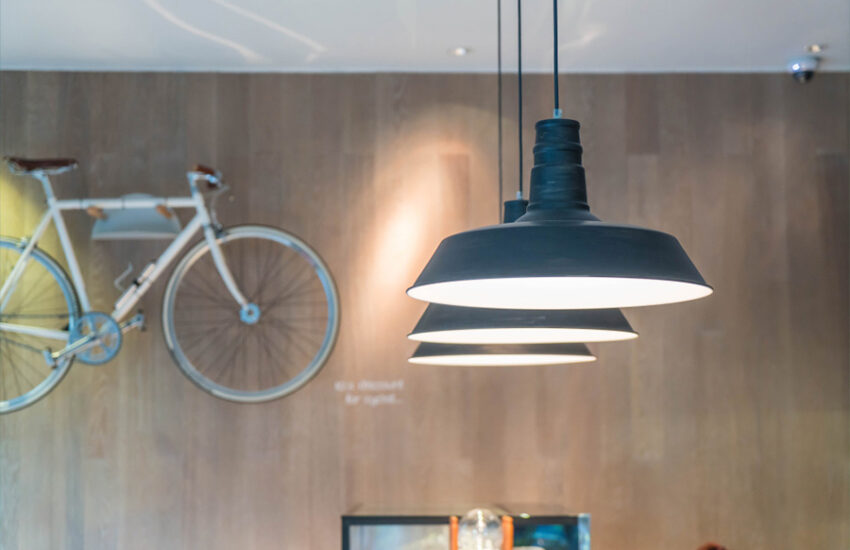There are a number of ways in which interior design affects a living space. Primarily, such design is considered for its aesthetic value, promoting an impressive and appealing visual landscape that also expresses individual taste and personality. Additionally, and ever more important in the modern landscape, interior design also influences wellbeing, being utilised to promote comfort and serenity. Interior design also has the profound ability to promote creativity and, when utilised correctly, can support residents in achieving their artistic and professional goals.
Defined Space
Consider the environment within which you pursue your creative goals. While some may imagine a public area or one that is busy with activity, many will choose to create their own enclosed space. This generally manifests as a studio space, such as those occupied by a number of creative types. Within the home, such a space can be created. A room can be dedicated entirely to a creative pursuit, offering the enclosure that many desire.
One of the main advantages of creating an enclosed space is that it allows for distraction-free pursuits. Whether you’re working on a professional task or a new novel, having a dedicated space that is not susceptible to intrusion and that allows an individual to concentrate is invaluable.
Many will go so far as to separate their creative space from a central property, choosing to utilise an outbuilding in their garden instead. This is why so many great writers, such as Roald Dahl, created their works from garden sheds and log cabins, making use of separated spaces that allowed them to work without distraction.
Stimulating Aesthetics
The artworks, colours, and patterns that adorn our walls have the potential to stimulate our minds, prompting certain emotions and experiences. The same is true of all decor and design, which is why it is so important that a creative space is designed accordingly.
Whether creativity is sought after within a home office environment, helping individuals to find new solutions, or in an artistic studio, with creatives seeking to express themselves, residents should decorate their rooms with fitting designs. House plants can evoke natural serenity, books can inspire stories, and decadent embellishments can elevate confidence and inspiration.
The specifics are endless but a useful design ultimately comes down to subjectivity, personal preference, and individual pursuit. Consider what type of creative inspiration you are looking for and how your aesthetic taste might best be presented when decorating an interior.
Practical Support
If a room does not practically support an activity, it will forever hinder an individual’s creativity. As such, those who wish to pursue a creative outlet at home should ensure that they have an environment that enables them to appropriately do so.
Storage, for example, is a significant factor. Those who paint will require space not only for their canvases and brushes but also for their oils and acrylics. They will also need suitable lighting and a comfortable place to sit. Without these fundamentals, the task of painting becomes more challenging with a room failing to support the practice at hand.






